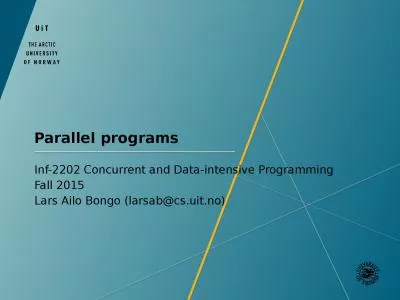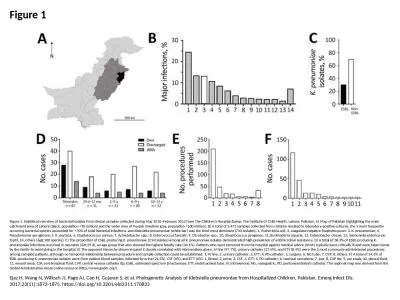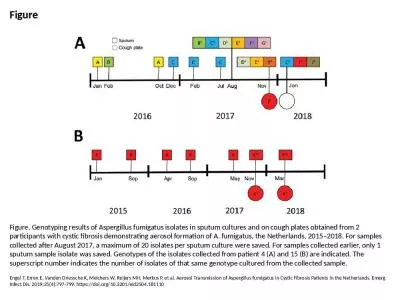PPT-Parallel Programming With Futures and Isolates
Author : byrne | Published Date : 2022-07-26
Morten Kromberg CXO Futures and Isolates Goal Allow the APL user to explicitly express parallelism in a natural way In the interpreter f utures and isolates
Presentation Embed Code
Download Presentation
Download Presentation The PPT/PDF document "Parallel Programming With Futures and Is..." is the property of its rightful owner. Permission is granted to download and print the materials on this website for personal, non-commercial use only, and to display it on your personal computer provided you do not modify the materials and that you retain all copyright notices contained in the materials. By downloading content from our website, you accept the terms of this agreement.
Parallel Programming With Futures and Isolates: Transcript
Download Rules Of Document
"Parallel Programming With Futures and Isolates"The content belongs to its owner. You may download and print it for personal use, without modification, and keep all copyright notices. By downloading, you agree to these terms.
Related Documents

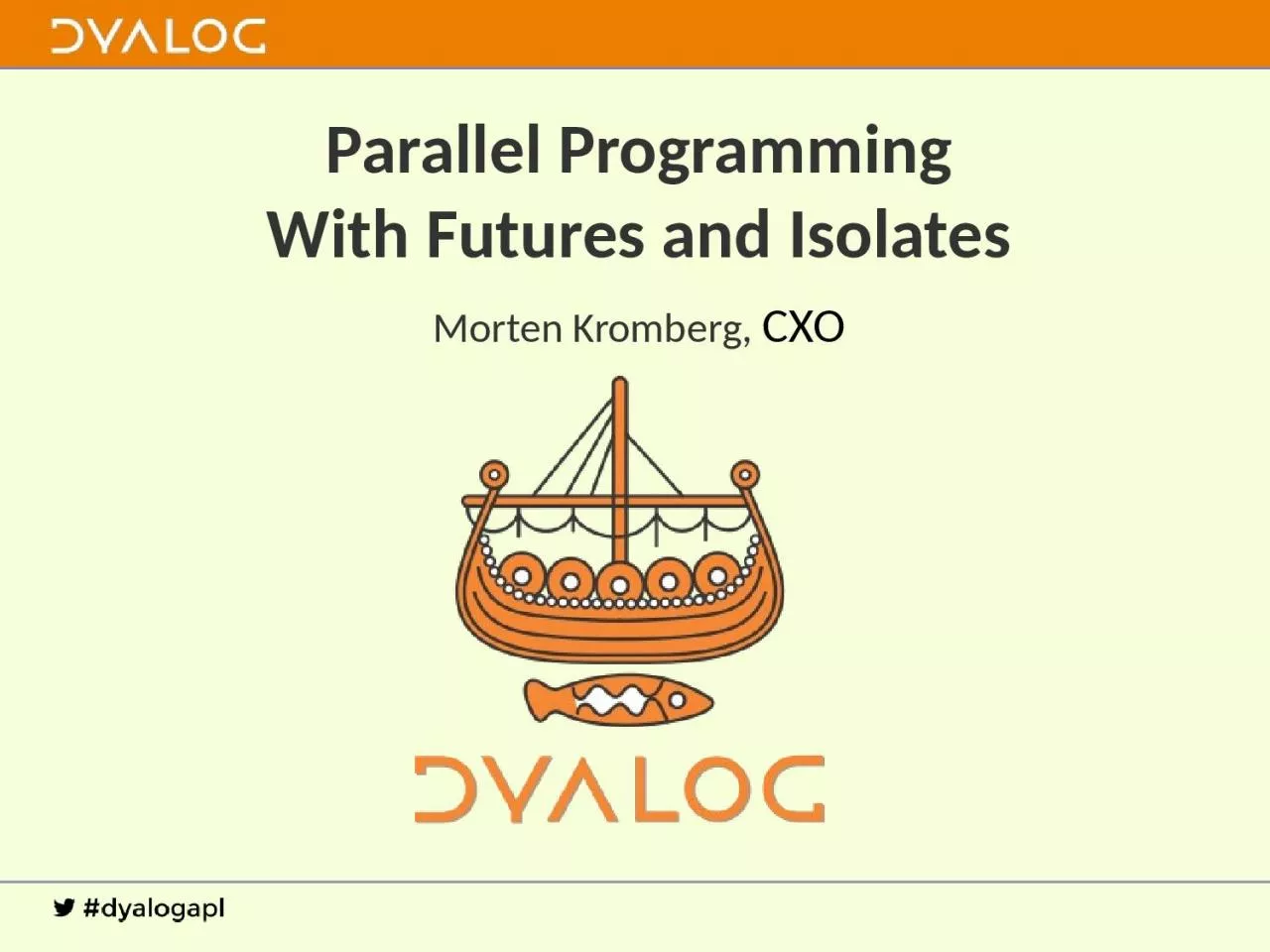



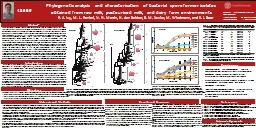
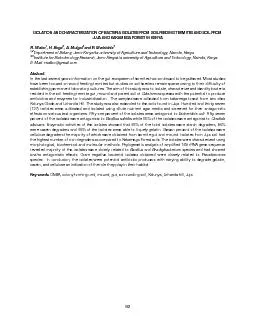
![[PDF]-Programming 3: Python Programming Professional Made Easy & C Programming Success](https://thumbs.docslides.com/980147/pdf-programming-3-python-programming-professional-made-easy-c-programming-success-in-a-day-c-programming-c-programming-c-programming-language-html-python-programming-python-java-php.jpg)



